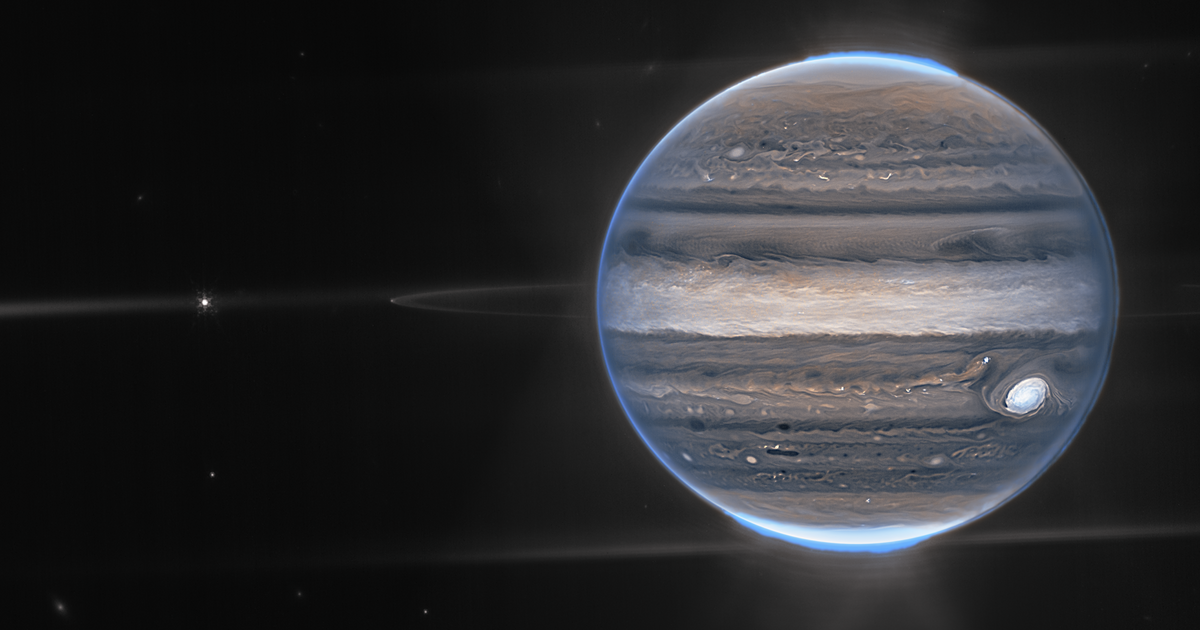The solar system differs from other planetary systems we know in many ways. Stephen Kane, an astrophysicist at the University of California, has tried to find out just how important these unique features are to us. As it turns out, even minimal change would be fatal to the Earth.
Two distinct fissures can be observed in the solar system. One of them is shown in the size of the planets. Gaseous planets are huge: Jupiter’s mass is 318 times that of Earth, but the smallest gaseous planet, Neptune, is also more than 17 times as massive. There are no representatives of the scale between gas giants and small planets, and super-Earths that have been observed many times around other stars.
Another big gap can be seen between Mars and Jupiter. The distance between the orbits of the two planets is so great that the planet could fit easily.
the Planetary Science Journal On the basis of simulations, a study published in Columns
Examining the empty orbit between Jupiter and Mars, Kane concluded that a planet with less mass could orbit steadily halfway between the two, but in any other direction, “things would go wrong quickly”.
Being near a giant Earth wouldn’t be great news either. Such a planet, along with its influence on Jupiter, would completely destabilize the solar system and eventually push Mercury, Venus, and Earth out of orbit. Due to the destabilization of their orbits, both Neptune and Uranus will easily find themselves out of the system.
If we were to survive the turbulence, Earth’s orbit would be at a position at the edge of the habitable zone, which would mean a drastic change – if we’re going to survive at all.
We did not adequately appreciate how precisely the solar system was set. It’s like clockwork. If you put in multiple gears, the whole thing goes wrong
Ken pointed out.
The research by the American astrophysicist has not only drawn attention to the importance of the solar system’s fragile balance, but also has serious lessons for the search for alien life.
It is known about Jupiter that its strong collective gravity seriously reduces asteroids heading towards the inner parts of the solar system, so it represents a kind of protective umbrella for the Earth. Such massive gaseous planets can only be observed in a tenth of planetary systems, but they can play a crucial role in stabilizing the orbits of nearby terrestrial planets.
(Phys.orgAnd ScienceAlertAnd SciTechDaily)












































